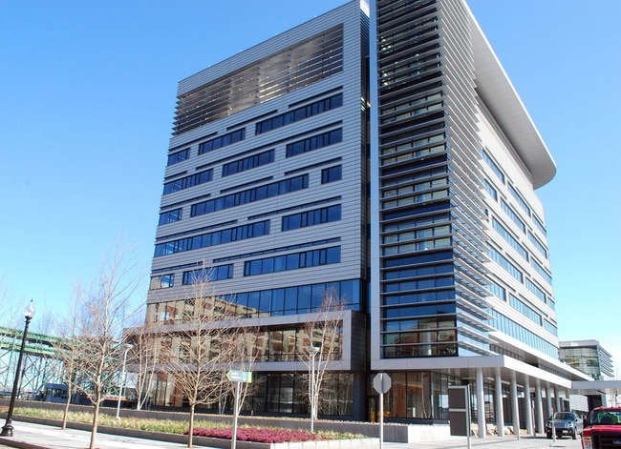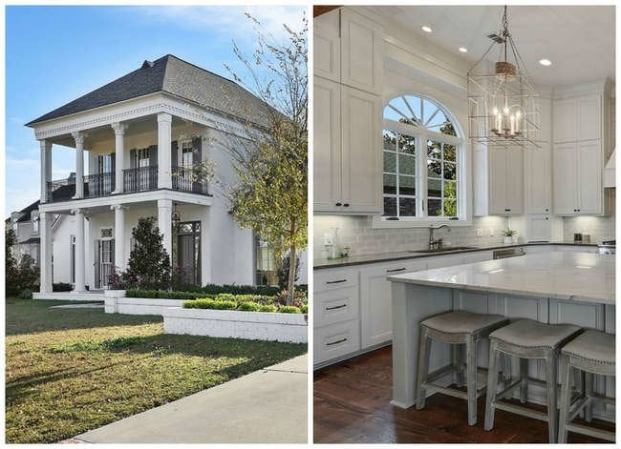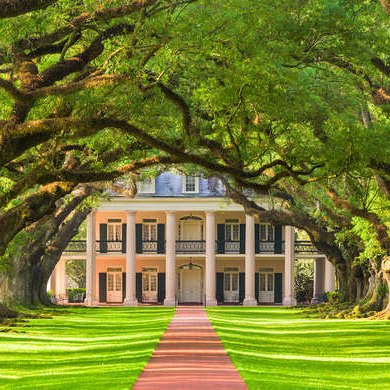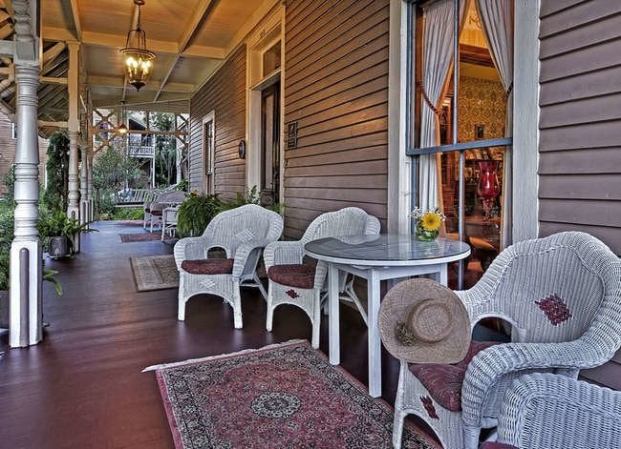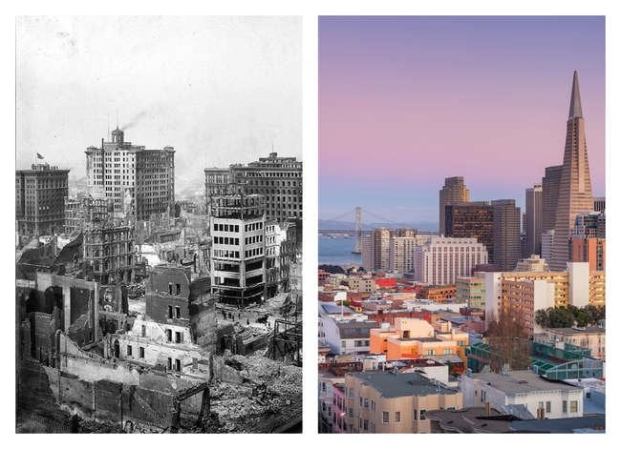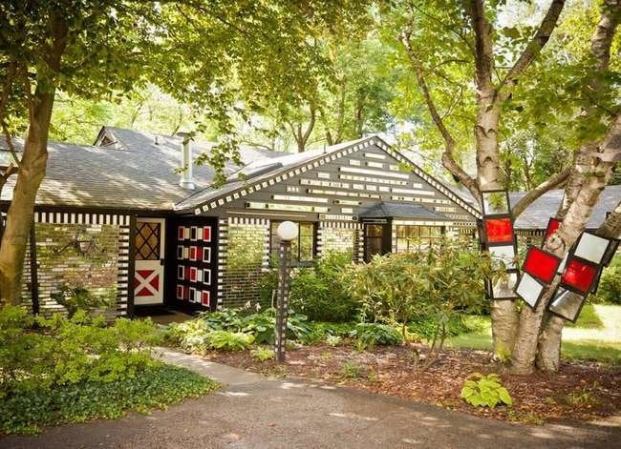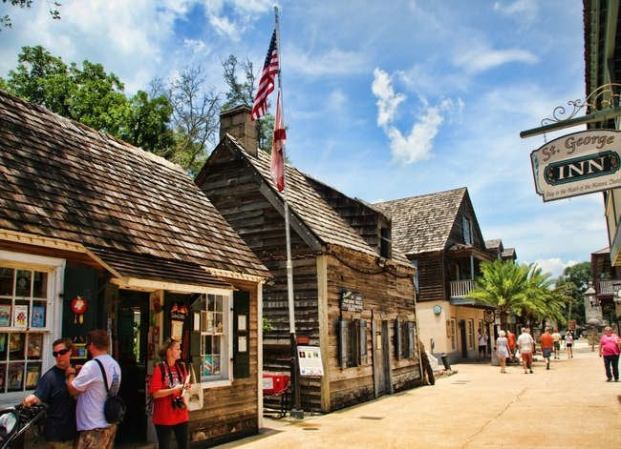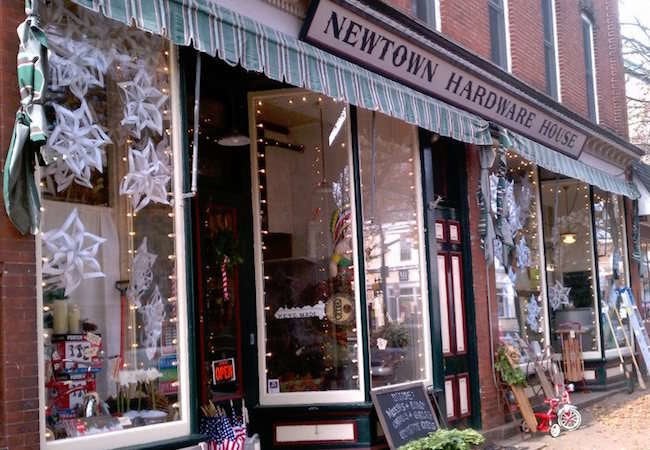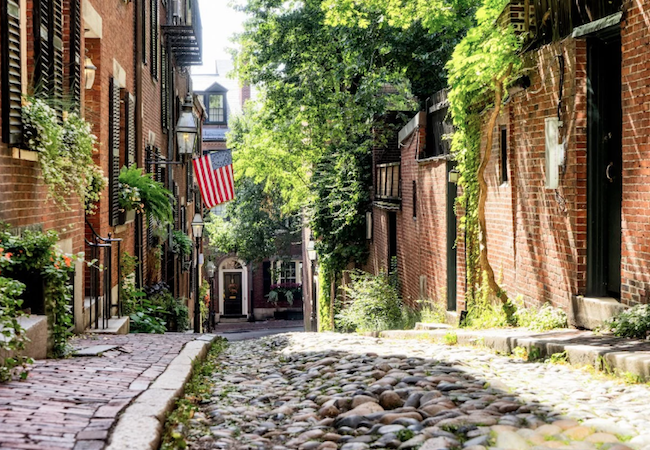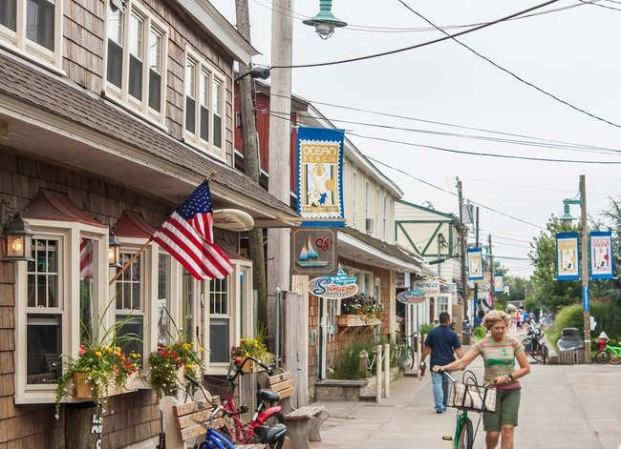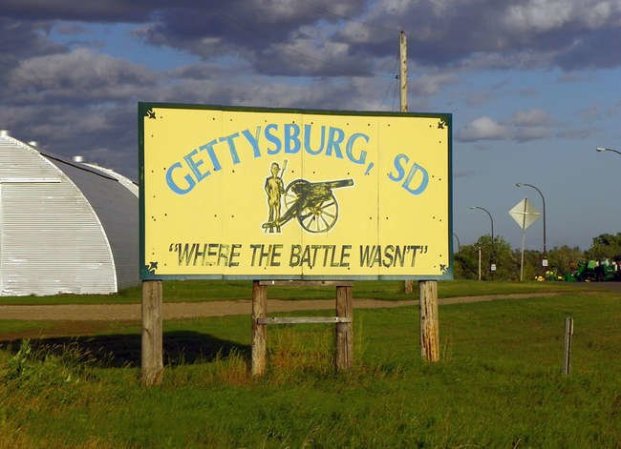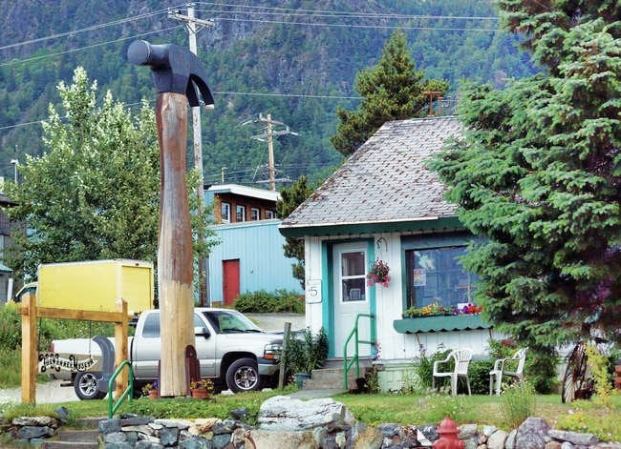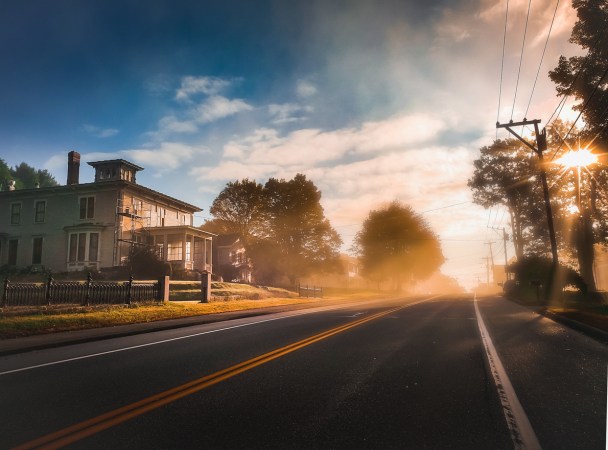We may earn revenue from the products available on this page and participate in affiliate programs. Learn More ›
Endangered Places
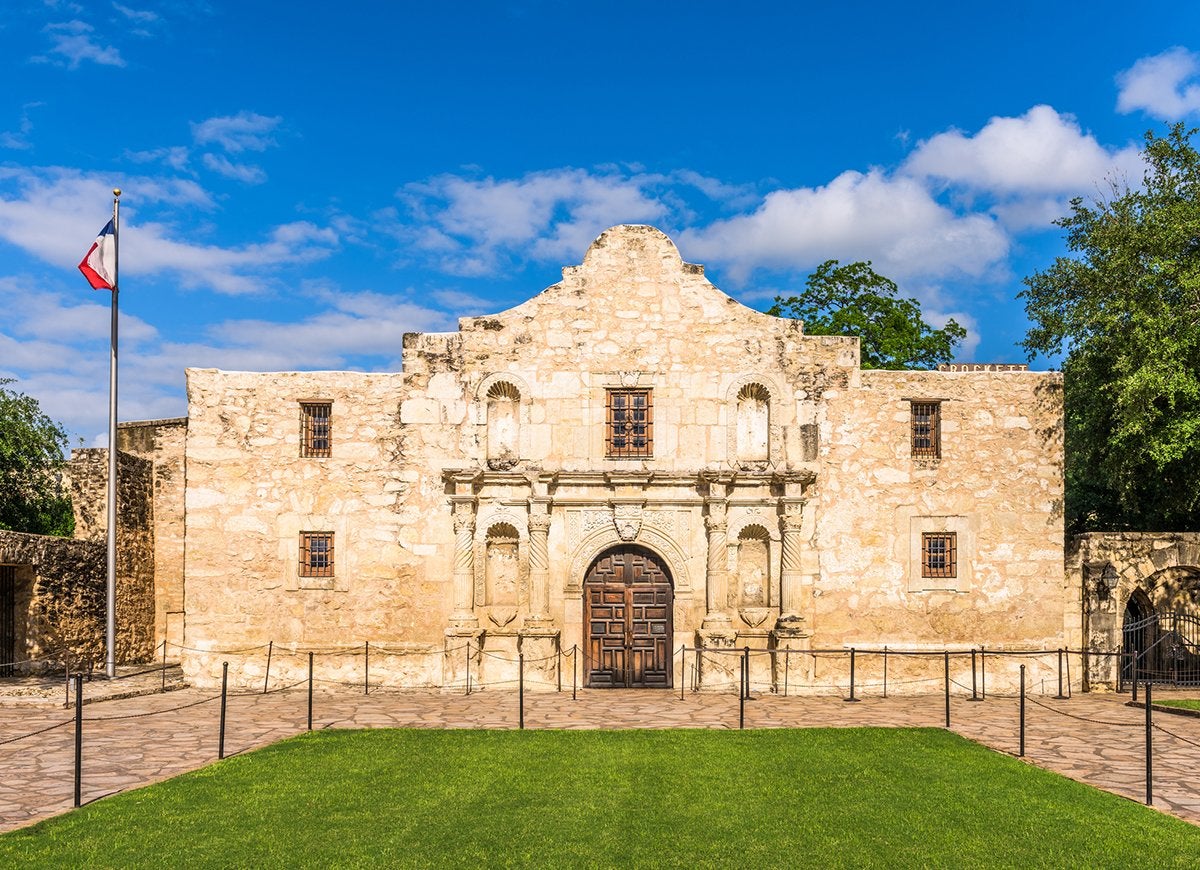
Remember the Alamo? No doubt you do, since the mission and fortress where the 1836 battle occurred is now part of a national park, where it is protected and preservation projects are ongoing. Hundreds of this country’s historic places, however, are at risk of destruction or irreparable damage due to inappropriate development, extreme renovation costs, neglect, and natural threats. The National Trust for Historic Preservation, which strives to save America’s historic sites, keeps track of those that are most in jeopardy. You might be surprised at what places are endangered, be they areas you hope to visit someday or right there in your own hometown. Click through to discover sites vital to our heritage that are likely to vanish from the landscape—and what you can do to help save them.
Music Row – Nashville, Tennessee
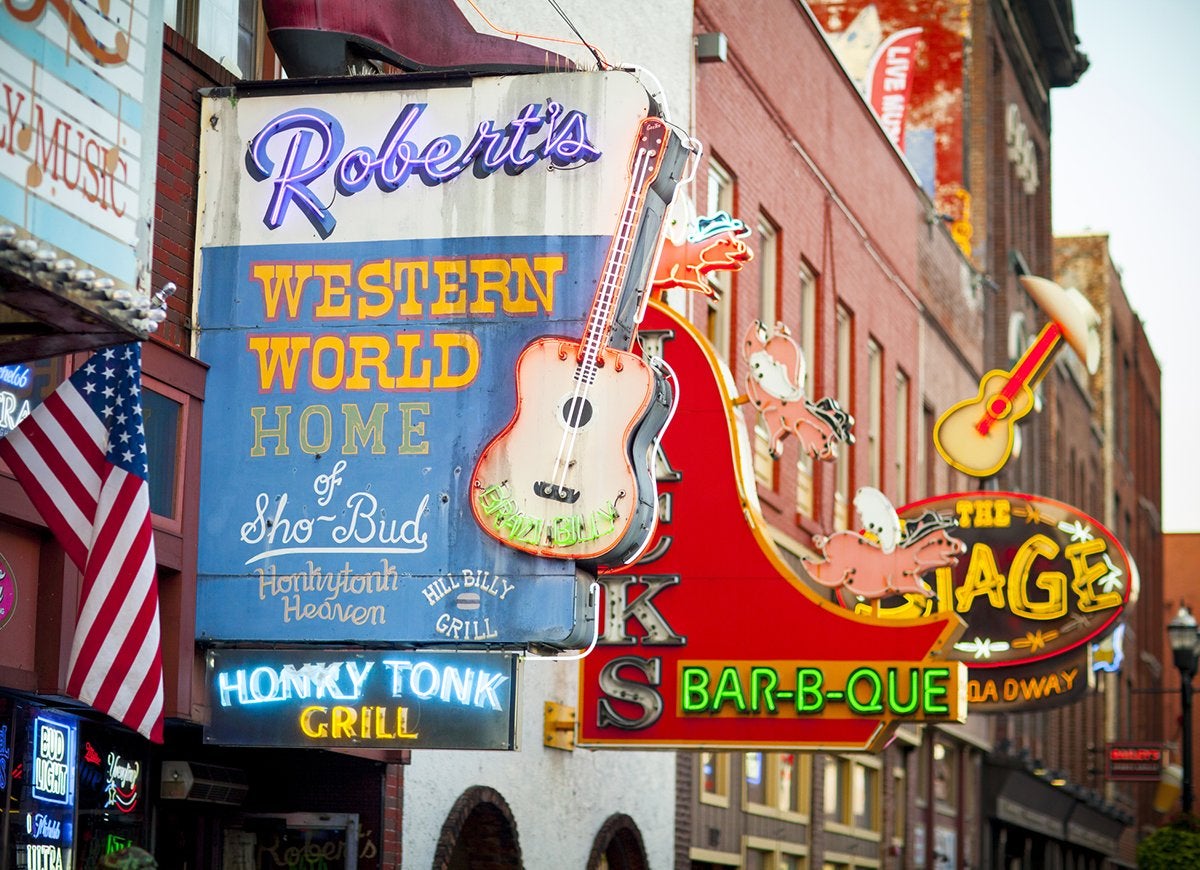
This downtown Nashville neighborhood is a long-time musical mecca, boasting the likes of RCA Studio B (where everyone from Elvis Presley to Dolly Parton recorded) and the Country Music Hall of Fame. Though still currently home to numerous music-related businesses, 50 buildings in the area have been torn down since 2013 to make way for new development (go here to save Music Row).
James R. Thompson Center – Chicago, Illinois
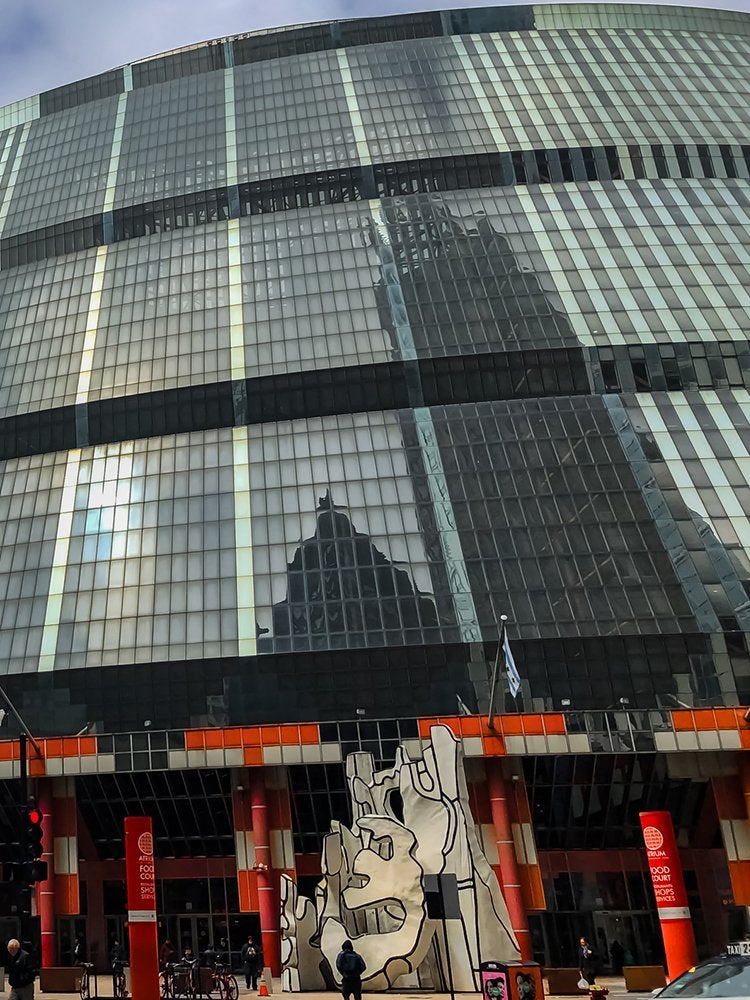
It’s hard to imagine a building this modern, named for Illinois’ longest-running governor, could be facing demolition. Yet current Governor J.B. Pritzker recently signed legislation allowing for the sale of the structure, located in the Loop district and home to many government offices, in the hope of filling the state’s budget gap (go here to save the James R. Thompson Center).
Related: 8 Historic Homes That Were Light-Years Ahead of Their Time
Industrial Trust Company Building – Providence, Rhode Island
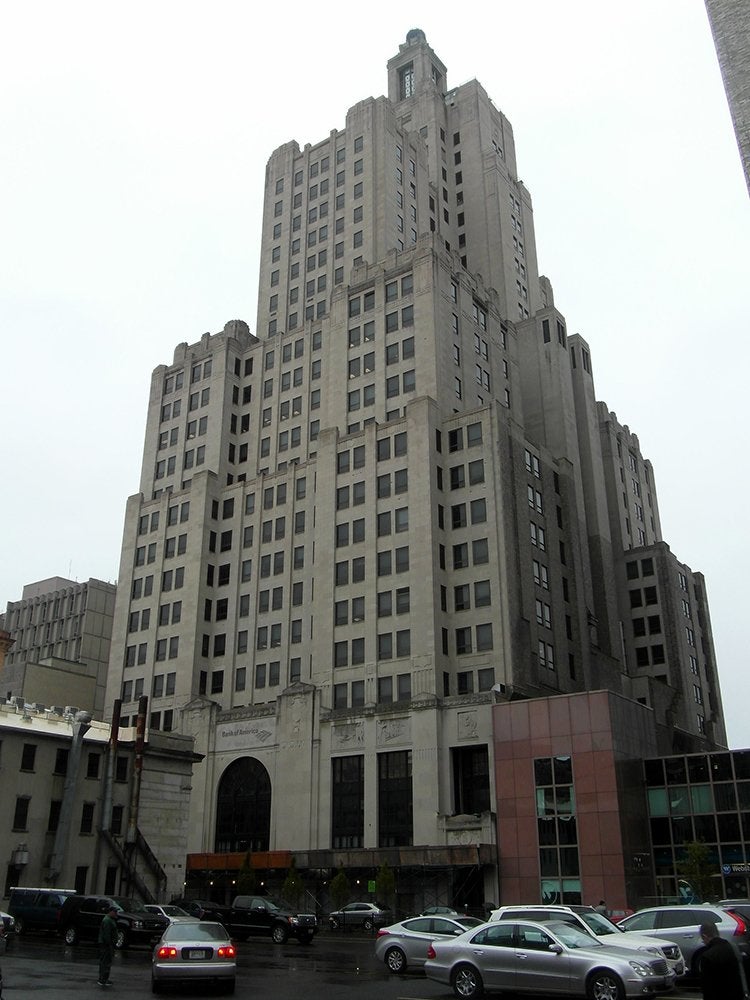
flickr.com via Reading Tom
Nicknamed the Superman Building for its resemblance to the home of Clark Kent’s newspaper, the Daily Planet, this 1928 structure is the tallest in the state. The striking example of Art Deco architecture served as a banking center for nearly 100 years, but it’s been empty since its last tenant, Bank of America, vacated in 2013. With no plans to renovate or redevelop the site, the future of this empty edifice is uncertain.
National Mall Tidal Basin – Washington, DC
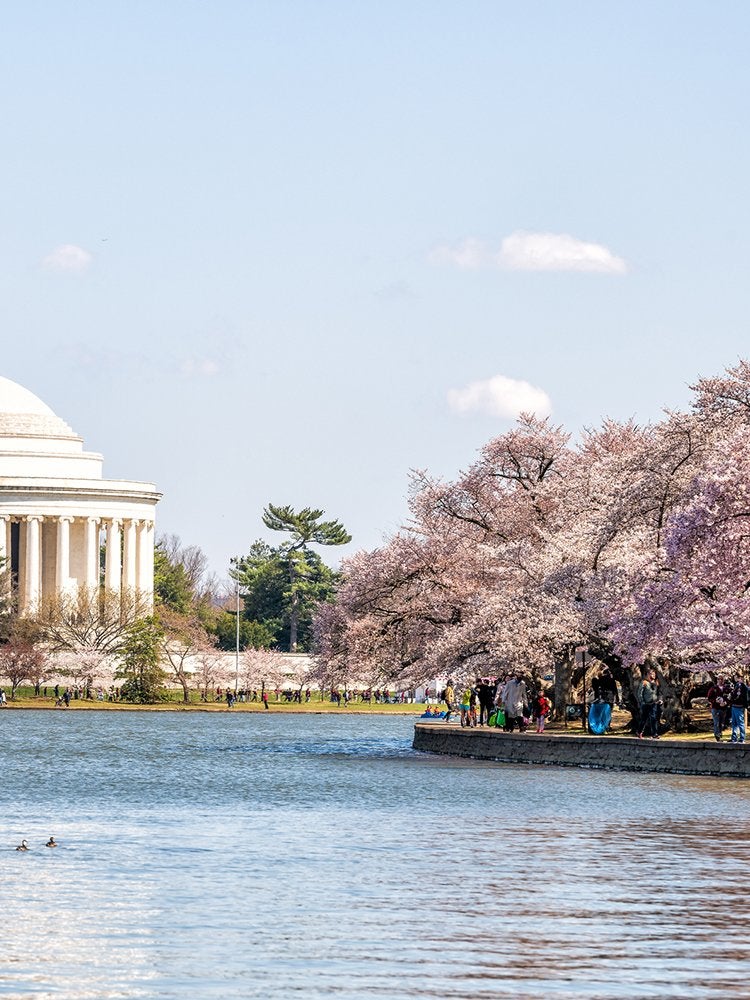
Though part of our national park system, this area—home to many of our most revered historic monuments and celebrated cherry trees—is in serious danger. Improvements must be made to protect its sustainability from increased visitation, frequent flooding, and crumbling infrastructure (go here to save the National Mall).
Walkout Schools – Los Angeles, California
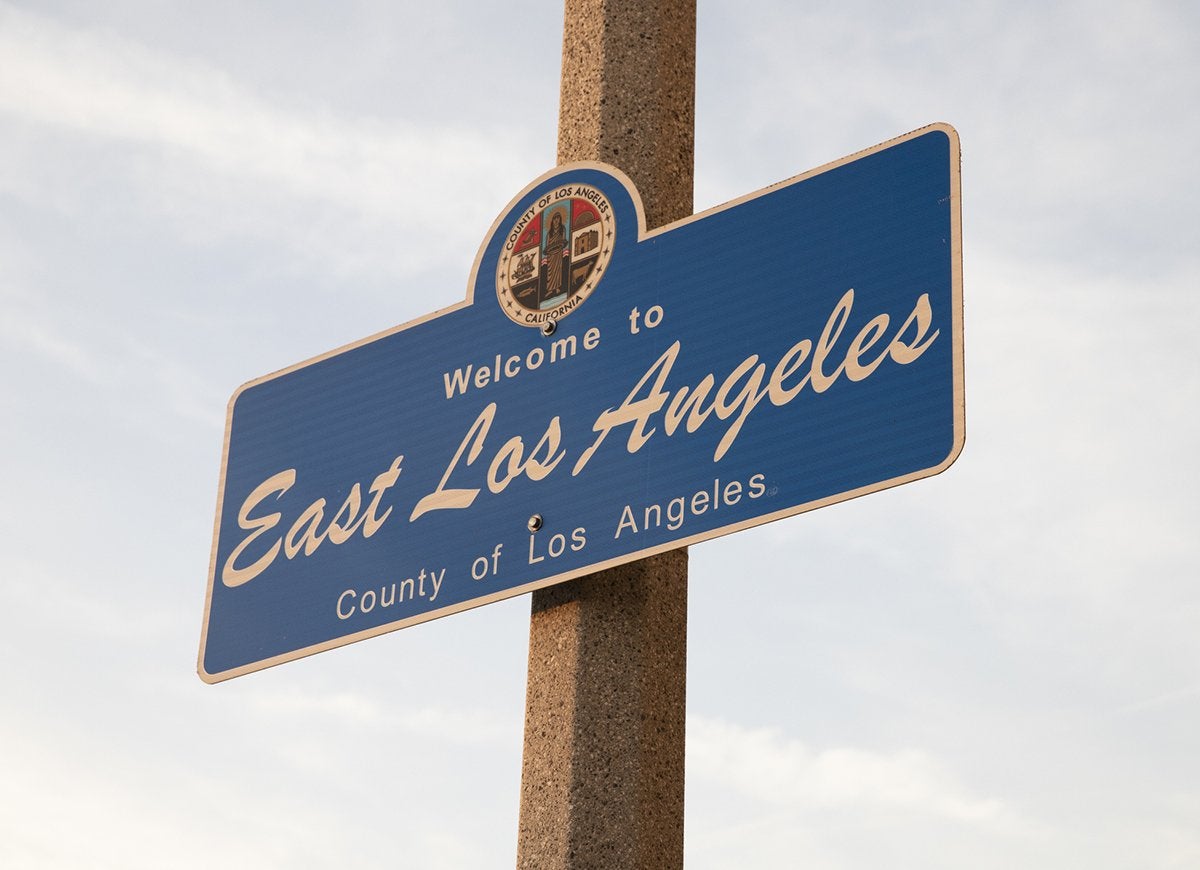
In 1968, walkouts occurred at five East Los Angeles public school campuses to mobilize and call attention to the Chicano Civil Rights Movement. Today the schools stand as a symbol of the area’s activism history while still serving students in the community, but they are in need dire need of significant renovation and improvements (go here to save the Walkout Schools).
Larimer Square – Denver, Colorado
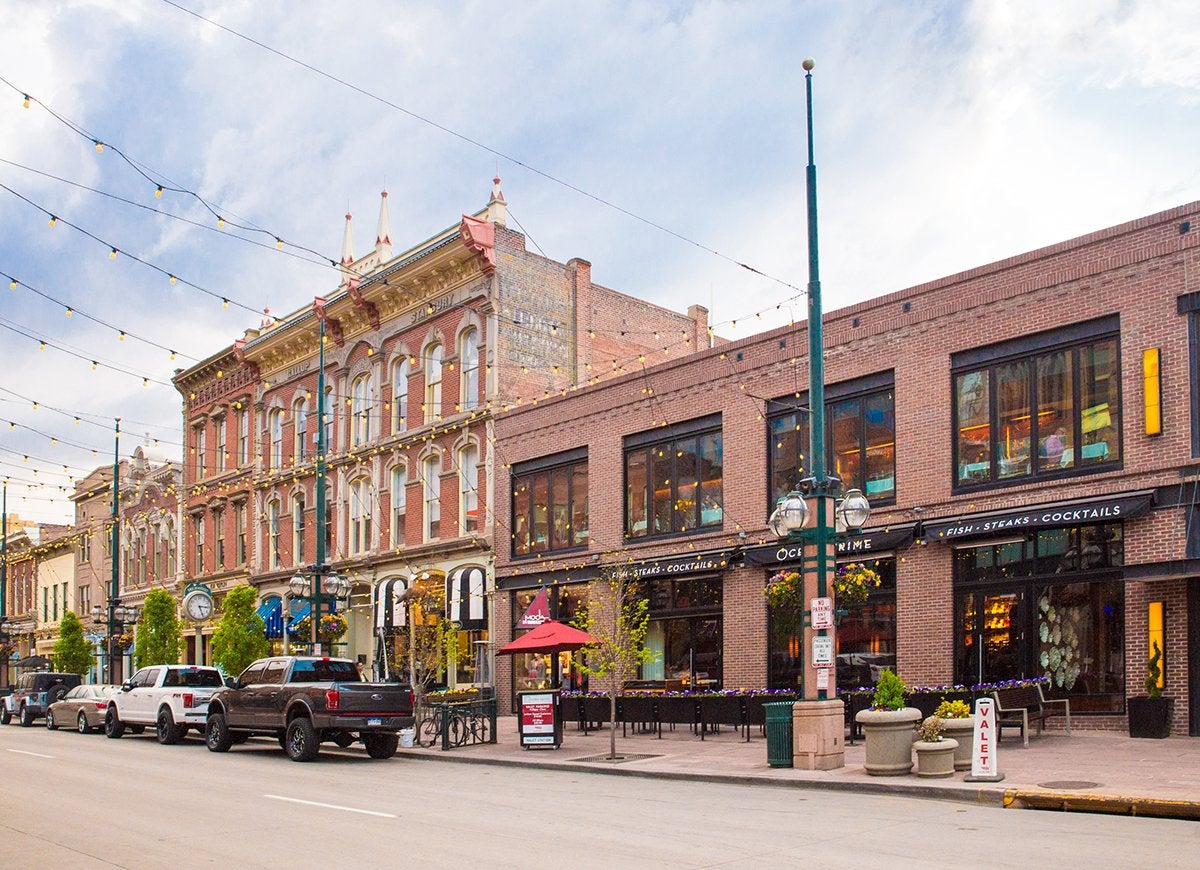
The buildings of Denver’s first and still famous commercial street find themselves at a crossroads of crisis. While some of the original structures, such as the Granite Building, have fallen into disrepair, various developers would demolish than renovate, and put up tall, historically inappropriate structures (go here to save Larimer Square).
Related: How Preservationists Are Cooling 7 Historic Landmarks
Ashley River Historic District – Charleston, South Carolina
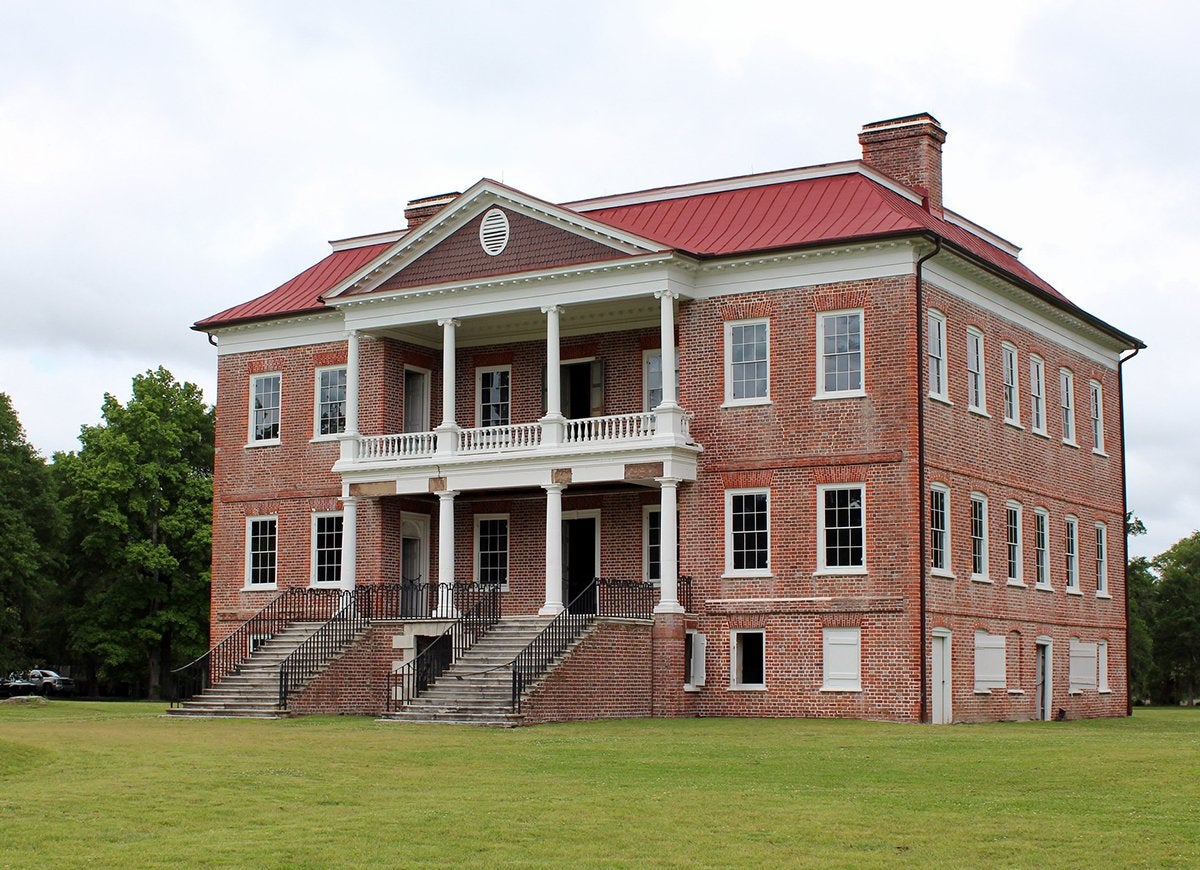
flickr.com via Wally Gobetz
Traversed by the Ashley River Road—perhaps the oldest road in the state still in use—this historically rich Lowcountry district was the site of grand mansions like Middleton Place and post-Civil War African-American settlements alike. Now an annexation proposal that includes zoning changes and intensive development threatens the landscape (go here to save the Ashley River Historic District).
Embarcadero District – San Francisco, California

The bustling waterfront of the City by the Bay—which includes such popular attractions as Fisherman’s Warf and Market Street—was added to National Register of Historic Places in 2002. But environmental threats to the area are severe, due to rising sea levels and seismic susceptibility. A recent study found that the Embracadero’s three-mile seawall is far more vulnerable to earthquake damage than previously believed.
Bears Ears – Southeastern Utah
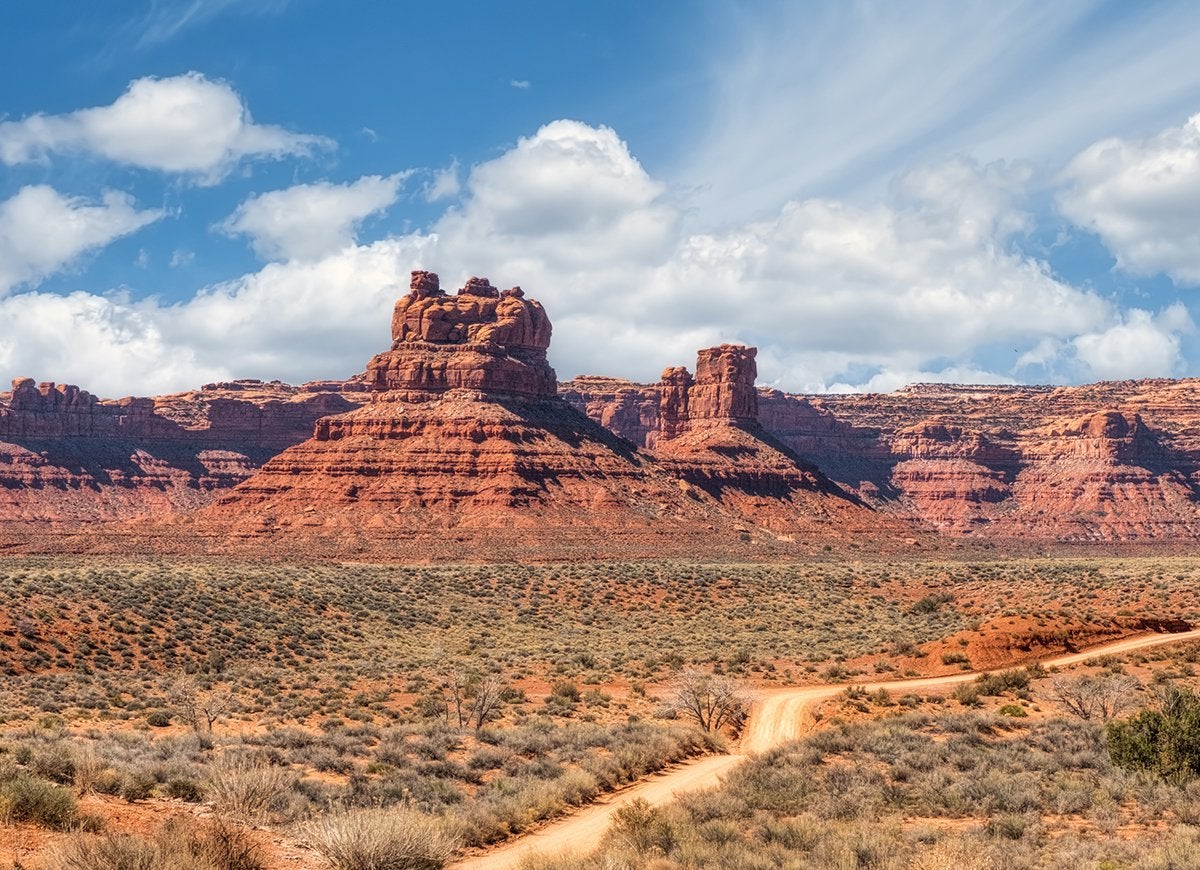
Abundant in Native American history and culture, this stunning landscape—which takes its name from a pair of buttes—is comprised of archaeological sites, cliff dwellings, petroglyphs, and ancient roads. It was established as a national monument by President Barack Obama in 2016 but reduced in size by 85 percent (more than a million acres) by President Donald Trump the following year. Bears Ears is further endangered by looting, mismanaged recreational use, and energy development. (Go here to save Bears Ears.)
Related: How Preservationists Are Cooling 7 Historic Landmarks
Tenth Street Historic District – Dallas, Texas
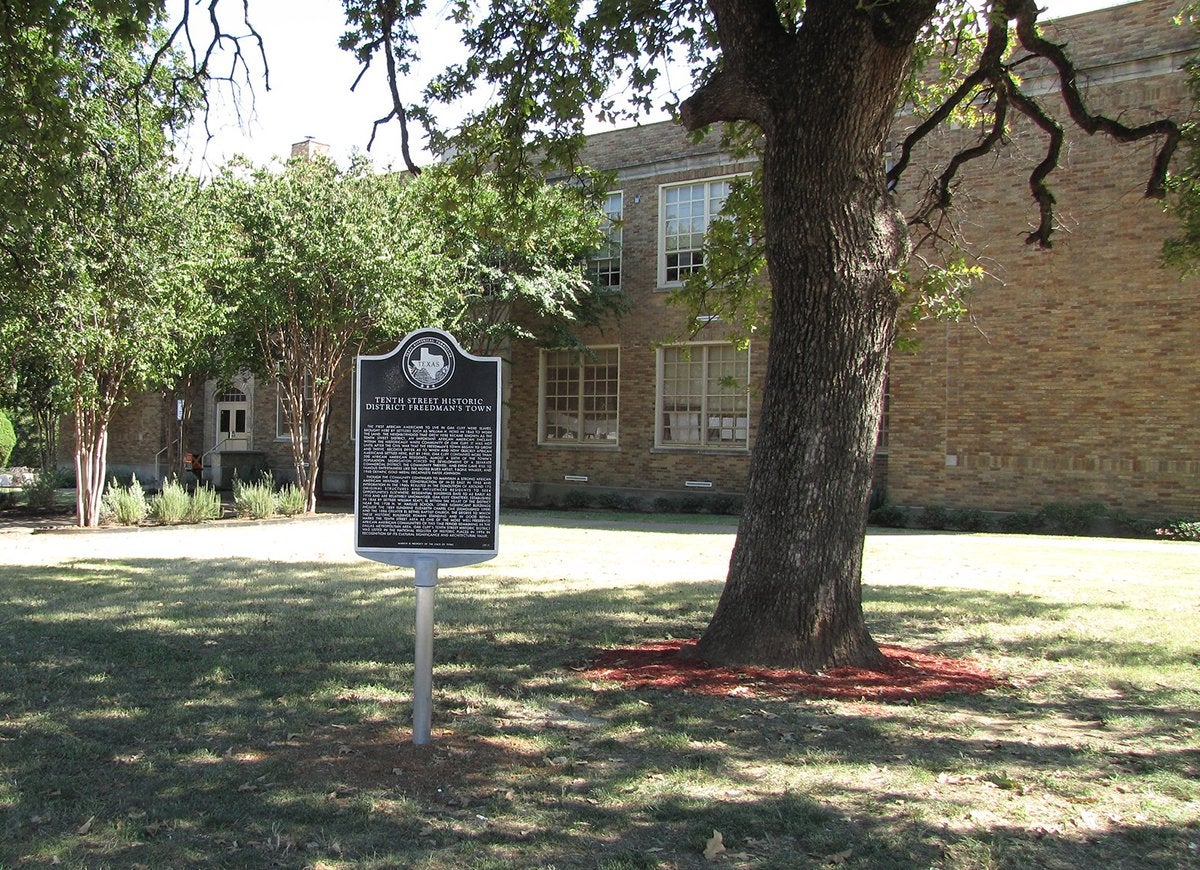
flickr.com via QuesterMark
Known as a “Freedman’s Town,” this area was primarily settled by former slaves following the Civil War. The neighborhood of late 19th and early 20th century dwellings and commercial structures was designated a historic district in 1993, but a 2010 change to a local ordinance allowed the city of Dallas to obtain demolition permits for smaller houses in disregard of Landmark Commission rulings. To date, some 70 of the district’s 260 homes have been torn down (go here to save the Tenth Street Historic District).
Mitchell Park Domes – Milwaukee, Wisconsin
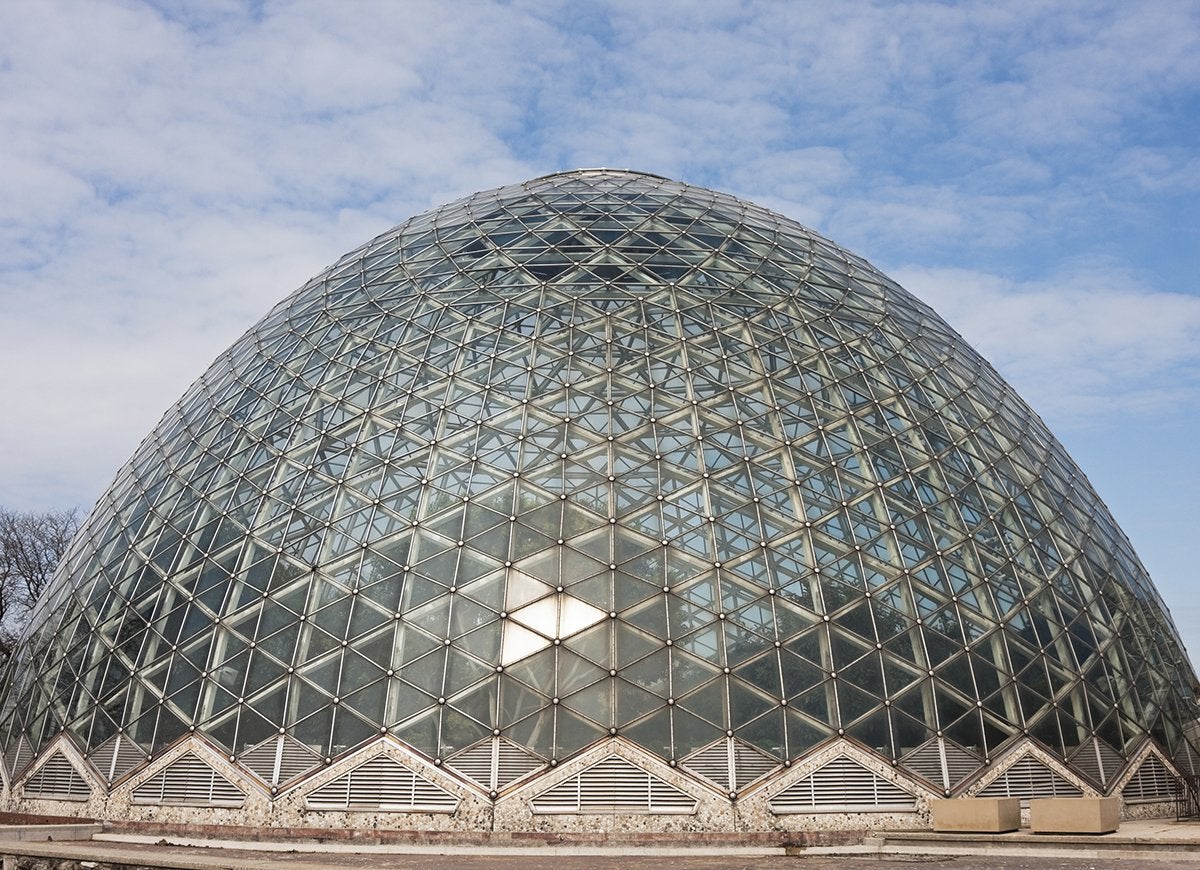
The three domes in Milwaukee’s Mitchell Park are dedicated to horticulture, each one featuring plant life of a different climate. An engineering marvel and striking example of midcentury modern architecture, the Domes are nonetheless at risk of demolition (go here to save the Domes).
Azikiwe-Nkrumah Hall – Lincoln, Pennsylvania
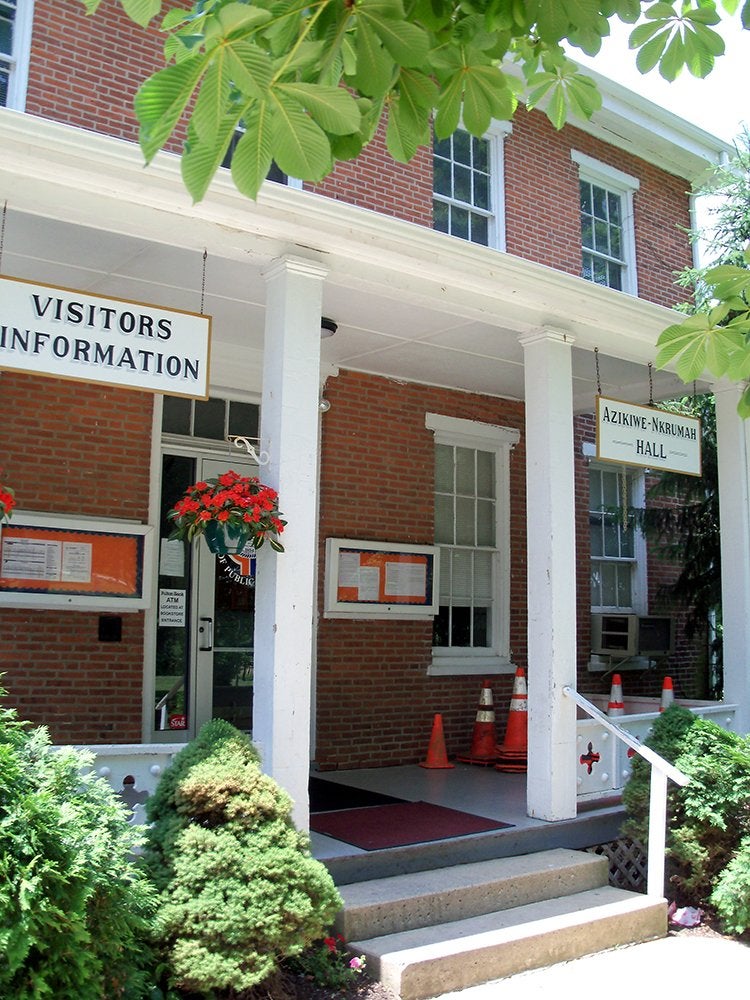
Wikimedia Commons via Idawriter
The oldest building at Lincoln University was built during the Civil War, and was the first institution in the world to grant degrees to former slaves. It was renamed Azikiwe-Nkrumah Hall, in honor of two African presidents, when it became the university’s African Center, but is at risk of demolition to make way for a new building.
Related: 10 Ways to Bring Historic Style Home
James River – Jamestown, Virginia
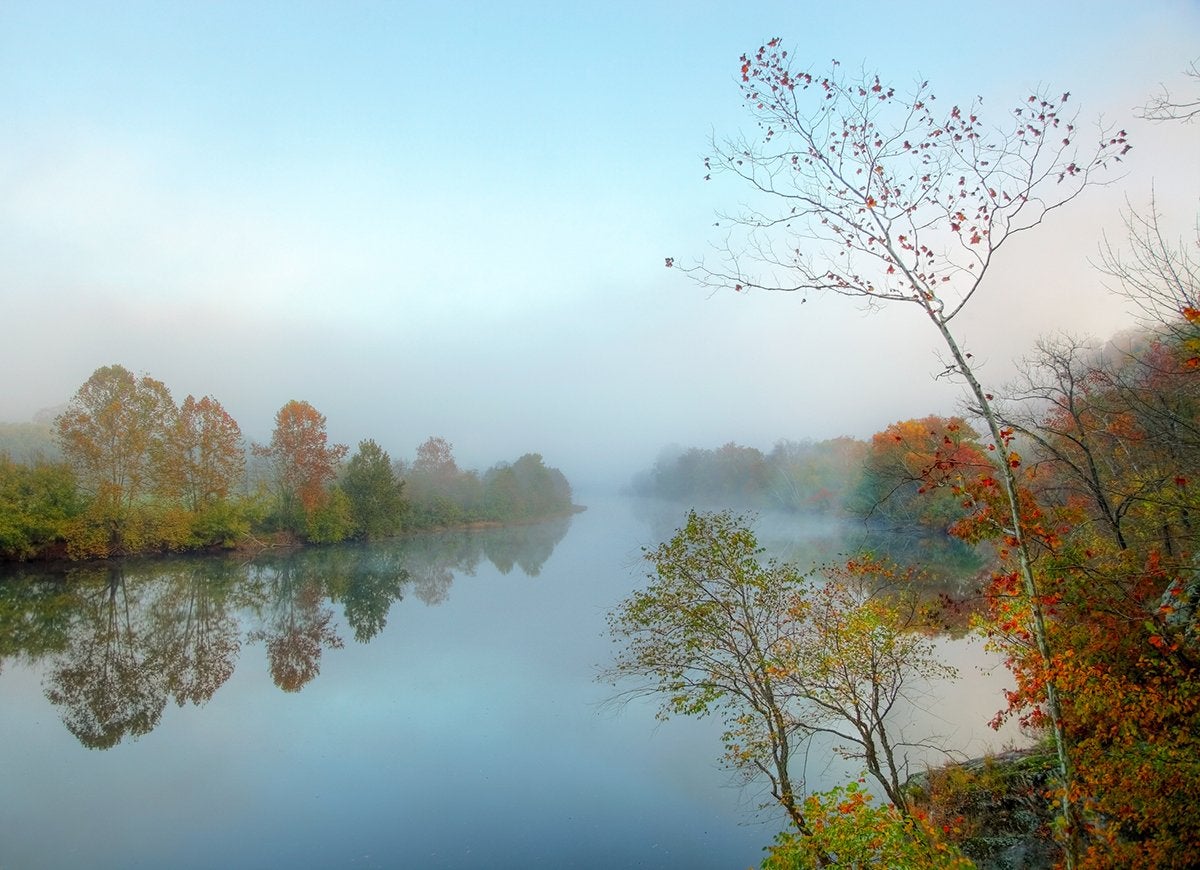
America’s earliest settlers couldn’t have imagined massive power towers in the James River, which flowed along America’s first colony, Jamestown. But in 2017, the Army Corps of Engineers unlawfully allowed for a blight of transmission lines to be built across the river. Americans can now encourage the Army Corps to comply with federal law and remove the towers in favor of energy alternatives (go here to save the James River).
Bismarck-Mandan Rail Bridge – Bismarck and Mandan, North Dakota
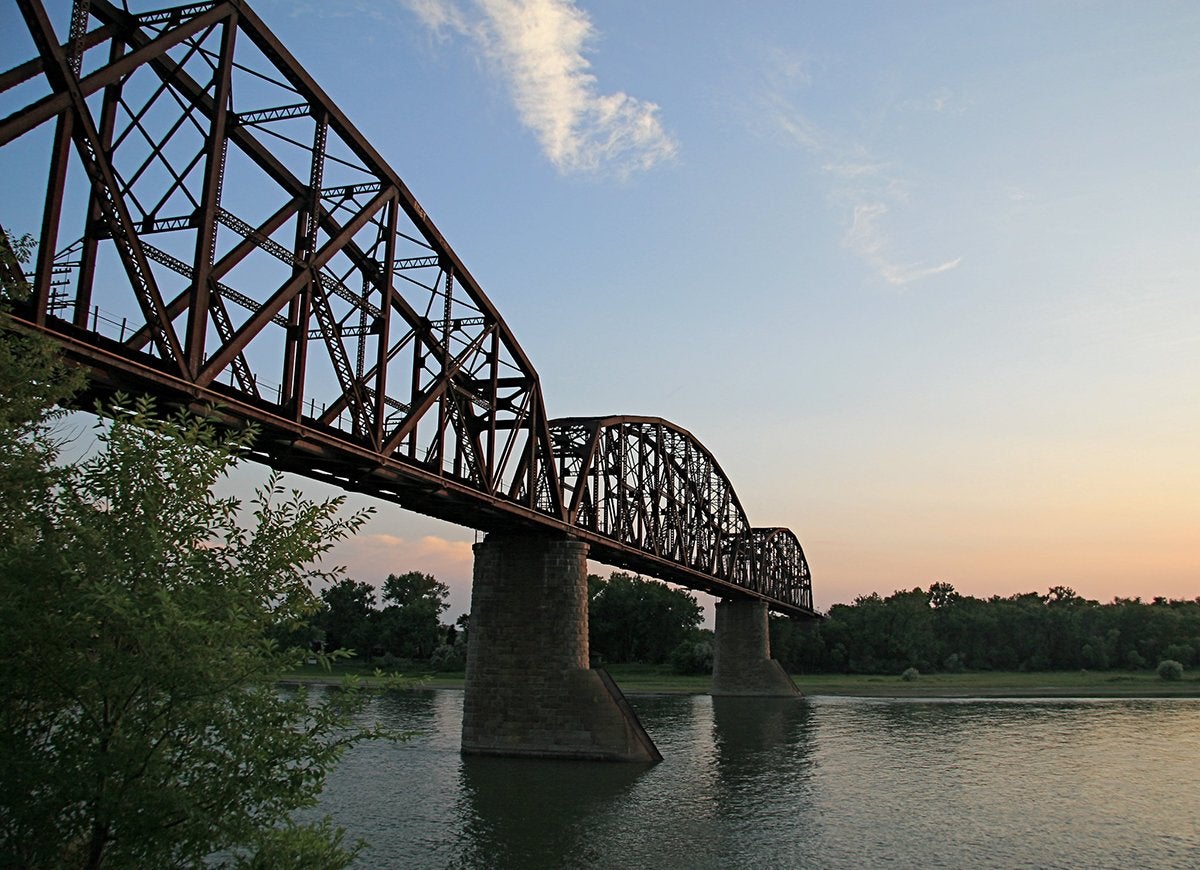
flickr.com via SnoShuu
The first rail bridge to span the upper Missouri River was instrumental in bringing white settlement to the West. Its devastating consequences on Native Americans led the bridge to be recognized as an International Site of Conscience. Now, as the BNSF railway company presses to raze the bridge, the Coast Guard is suspending demolition as it considers preservation solutions (go here to save the Bismarck-Mandan Rail Bridge).
Willert Park Courts – Buffalo, New York
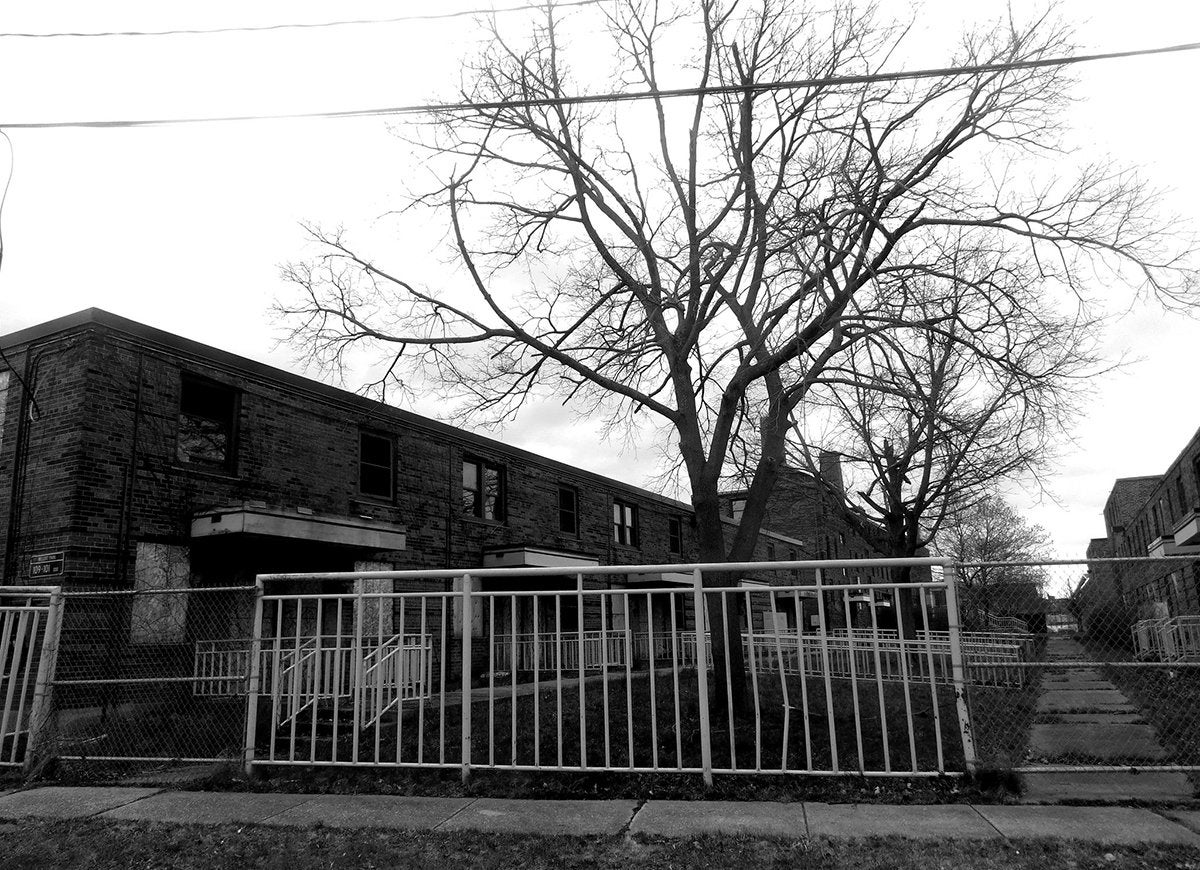
flickr.com via Adam Moss
New York Sate’s first housing project constructed specifically for African-Americans, the Willert Park Courts are distinctive for the bas-relief sculptures at the entrance of each building. Currently vacant and neglected, this culturally, socially and architecturally significant site is at the mercy of the Buffalo Municipal Housing Authority, which has proposed tearing the complex down.


